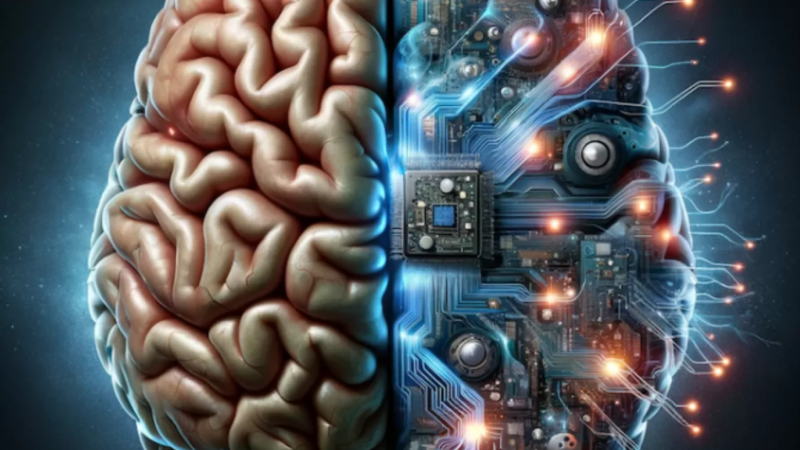Understanding how human brains make decisions can help us use tech better
Ben Combe – senior director, data optimisation and personalisation, APAC at Monks – explains how an understanding of how the brain makes decisions can help you better guide machines to do likewise.
In today’s digital landscape, hyper-personalisation at scale is not just a competitive advantage but a necessity. As businesses strive to deliver tailored experiences, the need for AI-driven decisioning becomes paramount. However, the challenge lies in determining where this decisioning should reside across various platforms, including Cloud Data Warehouses, Customer Data Platforms (CDPs), and Marketing Automation Platforms.
As technology evolves, the capabilities of these platforms expand and often blur the boundaries between them. For instance, cloud platforms increasingly integrate AI and machine learning (ML) capabilities, while activation platforms enhance their orchestration and data unification features. This convergence complicates the decision-making landscape, making it difficult for organisations to establish a clear framework for customer decisioning.
Understanding decisioning through the lens of the human brain


